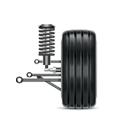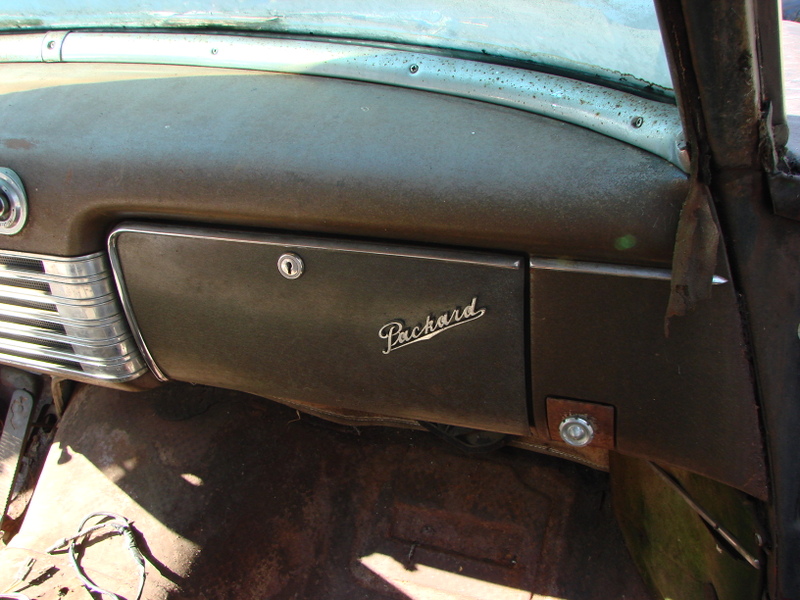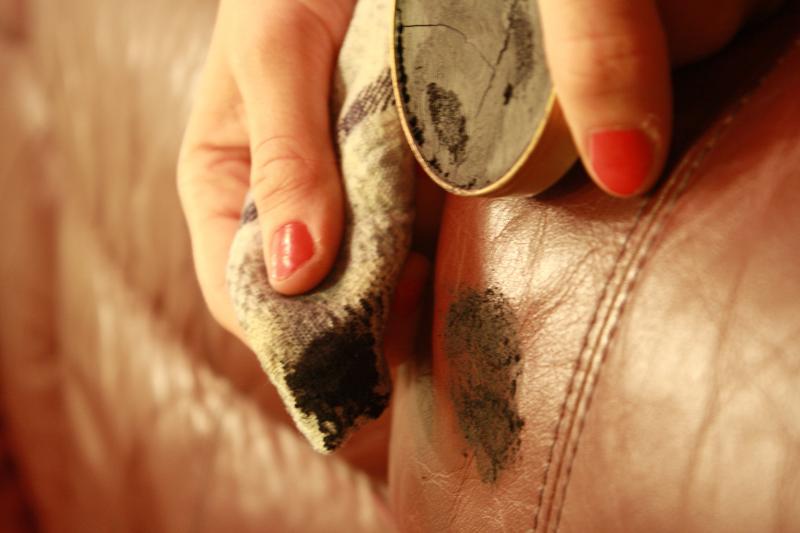Posted on 8/16/2016

This is part 3 of 106St Tire & Wheel's series on steering and suspension maintenance. Click here for part 1, and click here for part 2. Repair and maintenance Power steering system service You should change your vehicle's power steering fluid at least once every two years. Also ensure that you add a new fluid conditioner regularly. This will prevent the seals from wearing, which usually causes leaks and steering pump failure. Shock and strut replacement Worn out shocks and struts lead to a loss of vehicle stability on the road. You need to maintain a working suspension because roads are not absolutely flat; the unevenness applies forces on the wheels. Without the help of struts and shock absorbers, all the uneven forces on the wheels will be transferred to the frame of the vehicle, resulting to swaying and ... read more
Posted on 5/27/2016

Consider the lowly glove compartment -- it actually goes back to the earliest horseless carriages of about 1900, when the little box was actually meant for gloves (as part of any motorist's smart motoring ensemble). There's not much room in there, so what do you keep in your glove box? Fast-food mustard packets? Maps (who uses those anymore)? The kids' report cards? Here's a quick rundown of important things and convenient things you might want to keep in there: Owner's manual: Self-explanatory. Insurance papers: You may have that info on an app for your smart phone, but you're better off with a paper backup, too. Emergency numbers: Just in case. You don't want people to have to guess at that kind of thing. Medical information: Again, you don't want anyone to have to guess at this. Things like blood types, allergies, medications and other important stuff, if God forbid you're ever in an accident and c ... read more
Posted on 5/27/2016

Consider the lowly glove compartment -- it actually goes back to the earliest horseless carriages of about 1900, when the little box was actually meant for gloves (as part of any motorist's smart motoring ensemble). There's not much room in there, so what do you keep in your glove box? Fast-food mustard packets? Maps (who uses those anymore)? The kids' report cards? Here's a quick rundown of important things and convenient things you might want to keep in there: Owner's manual: Self-explanatory. Insurance papers: You may have that info on an app for your smart phone, but you're better off with a paper backup, too. Emergency numbers: Just in case. You don't want people to have to guess at that kind of thing. Medical information: Again, you don't want anyone to have to guess at this. Things like blood types, allergies, medications and other important stuff, if God forbid you're ever in an accident and can't commu ... read more
Posted on 4/7/2016

Are pricey windshield wiper replacements better than cheap ones? Like anything else, prices of windshield wiper replacements vary by size, style, quality, brand, etc. Are there suggested styles and types that can service you better? There are 3 basic types of windshield wipers:1: frame type:this is the most common type and it uses metal framework to support the wiper. This is the most widely used and most affordable style of wiper. 2: winter wiper:this type has a rubber shell around the framework to keep it from collecting ice and snow. This would, of course, hinder the wiper mechanism's flexibility and ability to bend to the shape of your windshield. Some manufacturers of winter wipers claim they utilize special compounds that keep the wiper blades pliable even in the coldest temperatures. 3: beam-style wipers:these are designed in a one-piece that allows the blades to better adhere to the curved shape of the windsh ... read more
Posted on 4/6/2016

Clean, Rub and Buff with a Good Quality Product (part 2)Conditioning leather: choose a water-based, pH neutral conditioner. Don't skimp here! Purchase ahigh-quality leather conditioner that does not contain silicone, petroleum distillates or waxes. The purpose of using a leather conditioner is to replenish the natural oils; choose one with top-quality ingredients. Cheaper leather conditioners may leave have a greasy finish. Perform a spot test!!! (see part 1 from yesterday; do not take a chance ruining your leather or any part of your car!) Always spot check, check with your owner's manual and use less not more and be very cautious with perforated seat covers. Always follow the advice of the cleaning product manufacture and that of your owner's manual. Condition your seats. Apply the conditioner to the seats and again be cautious about stitching (see part 1). Use a dollar store micro-fiber cloth or a sponge to gentl ... read more